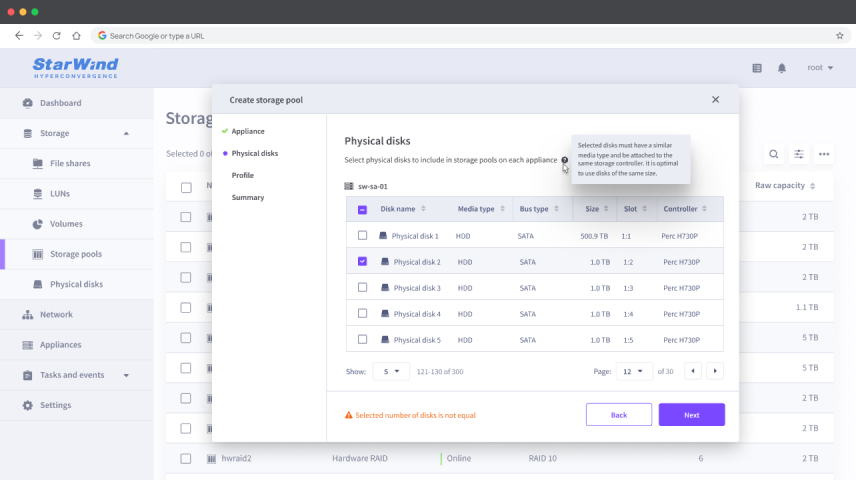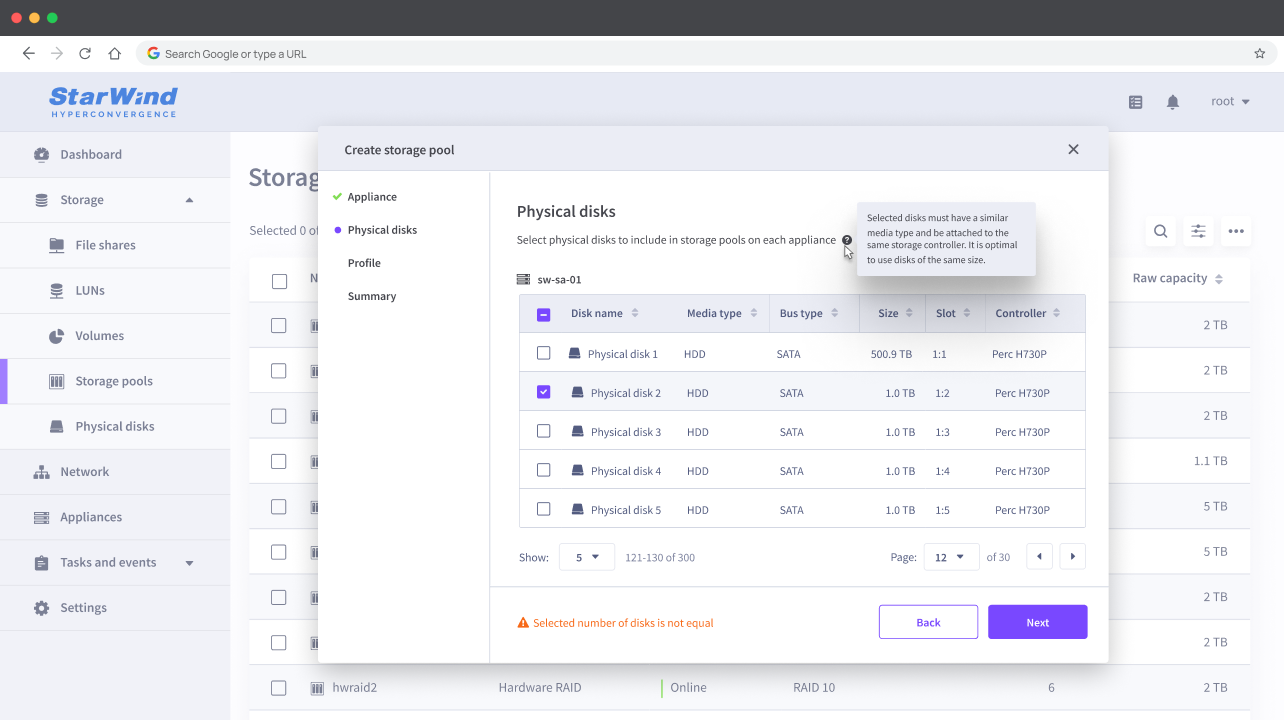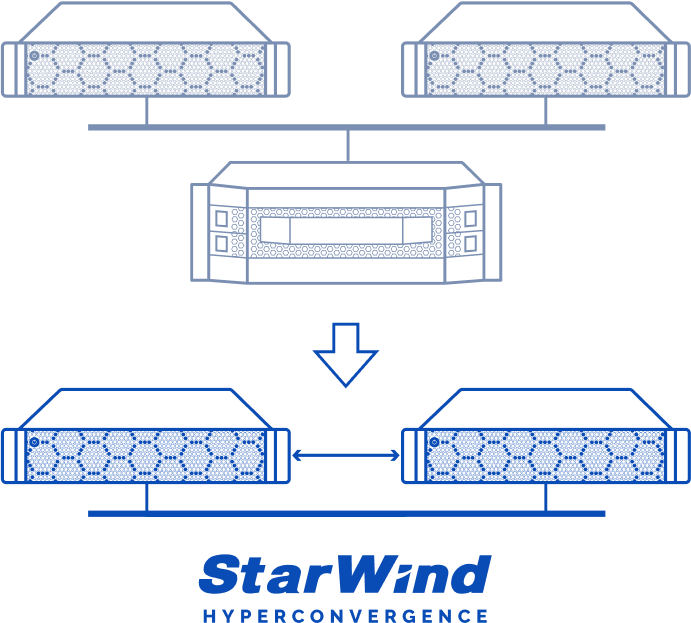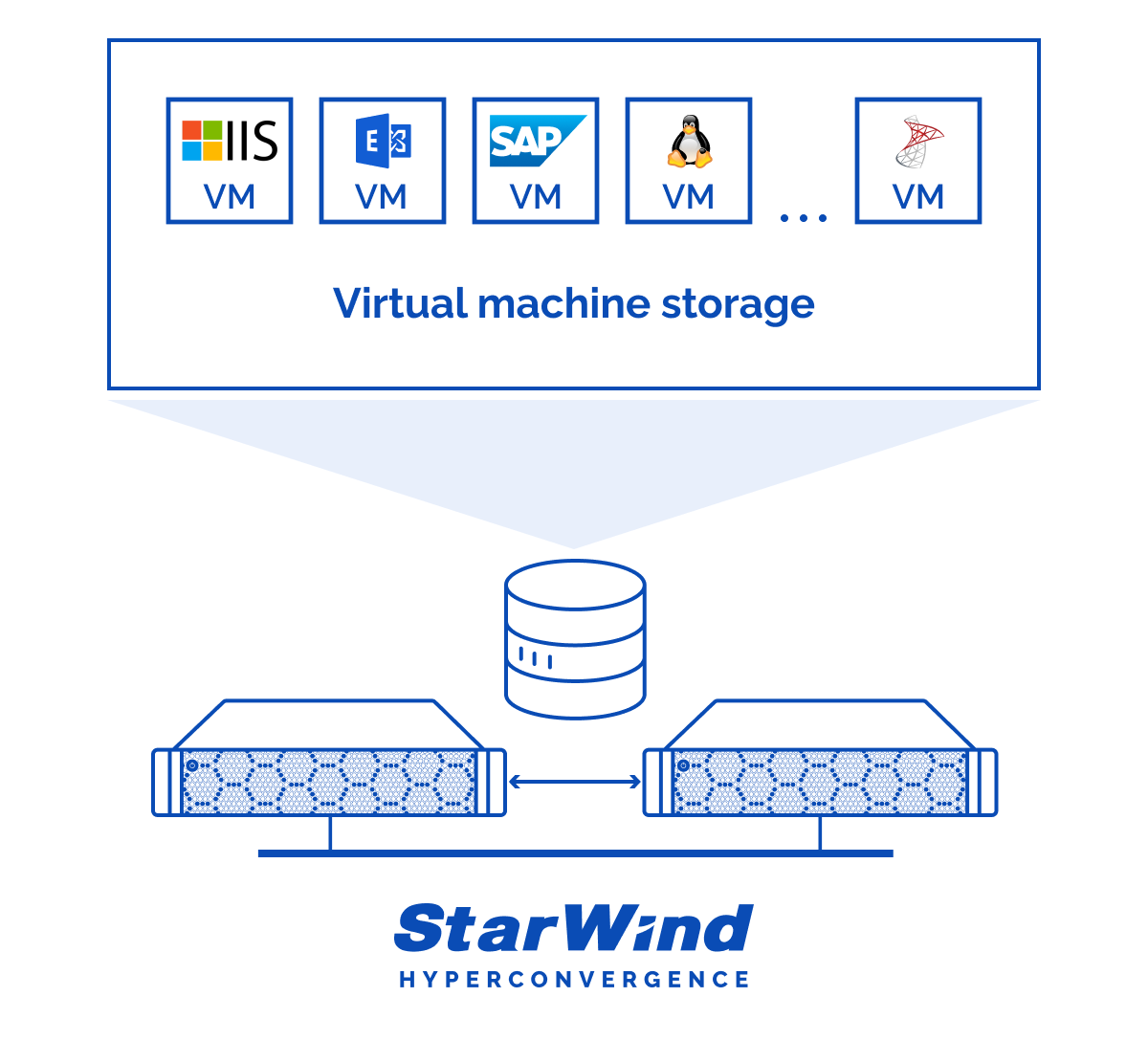The Best
Virtual SAN (VSAN)
for Enterprise ROBO, SMB & Edge
StarWind Virtual SAN (VSAN) is a “software replaces hardware” for SAN, application that eliminates a requirement in a physical shared storage. It’s a major costs saver and labor reducer! StarWind VSAN is a remedy for small and medium-sized businesses (SMBs) who are struggling with IT budget cuts and staffing shortages. We’re serving our customers since 2009, and our product is trusted by 63,800+ businesses.








